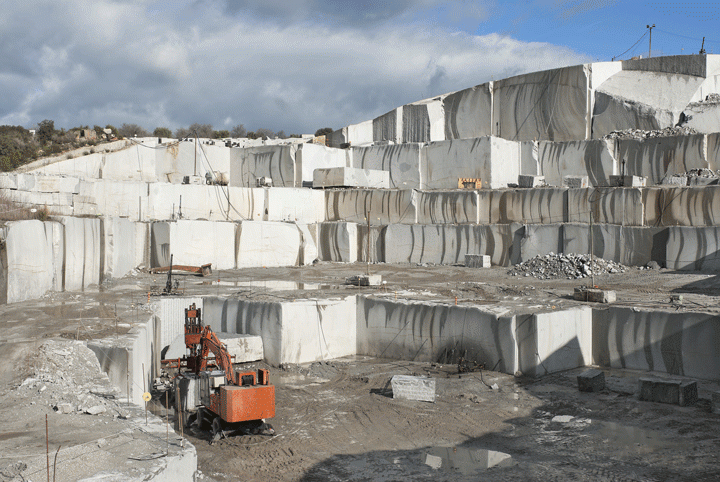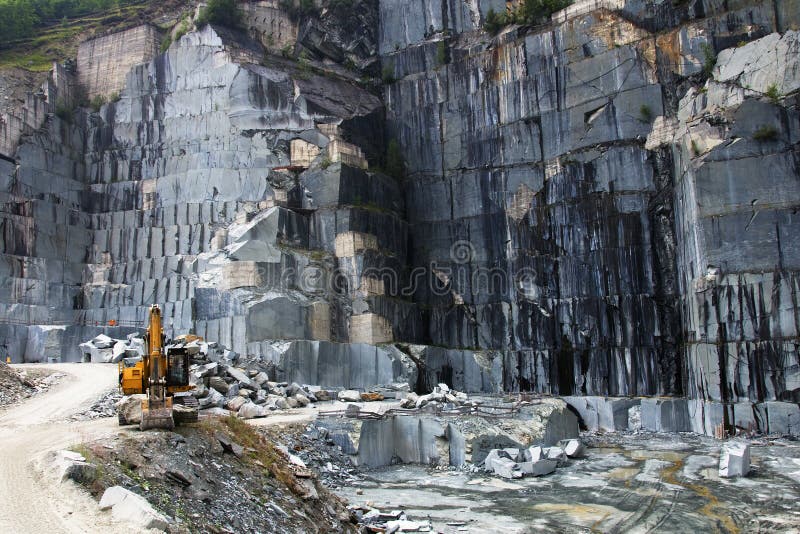Opening Natural Prizes: Granite Quarries in South Africa Revealed
Opening Natural Prizes: Granite Quarries in South Africa Revealed
Blog Article
Revealing the Mysteries of Granite Quarrying: Where Toughness and Style Meet
The globe of granite quarrying is a realm where the raw toughness of nature assembles with human virtuosity to create structures that stand the test of time with an air of style. From the depths of quarries to the meticulous polishing in workshops, the process of changing granite into building marvels is an intricate dancing of practice and development. As we peer into the depths of this old craft, we start to discover the hidden ins and outs that form the really significance of our built environment.
The Origins of Granite Quarrying
In the annals of architectural history, the beginnings of granite quarrying are shrouded in a tapestry of old workmanship and geological marvels. Going back to old Egypt and Mesopotamia, the extraction of granite from quarries marked the start of a journey that would ultimately result in the development of some of the globe's most renowned structures.
Granite quarrying's origins can be mapped to the proficient artisans who acknowledged the rock's longevity and visual charm. Via a mix of primitive tools and large decision, these early quarry workers uncovered granite blocks that would certainly end up being the building blocks of people.
As civilizations advanced, so did the strategies of quarrying granite. The Romans, renowned for their engineering expertise, created advanced methods for removing granite to build monuments, temples, and roads that stood the test of time.
The legacy of these ancient quarrying practices proceeds to form modern architecture, with granite staying a symbol of stamina and style in building projects around the world. (granite quarries in south africa)
Tools of the Quarrying Profession
The development of granite quarrying strategies from old human beings to modern times highlights the critical duty played by the tools of the quarrying profession in shaping the market's practices. In old times, quarrying devices were rudimentary, often containing chisels, hammers, and wedges made from products like bronze or iron. These devices called for substantial workforce and time to remove granite blocks from quarries.

Furthermore, the intro of pneumatically-driven tools and high-powered machinery has actually significantly decreased the physical labor needed in quarrying procedures, improving worker security and performance. As the quarrying sector remains to innovate, the tools of the profession continue to be at the center of driving progress and forming the future of granite extraction.
Drawing Out Blocks of Granite
Using precision equipment and advanced methods, the extraction of granite obstructs from quarries has ended up being an advanced process in the modern quarrying industry. Controlled blowing up techniques are after that used to damage apart the granite into convenient sections.

Polishing and Ending Up Techniques
To attain a perfect surface on granite blocks, skilled artisans utilize a my explanation collection of careful sprucing up and ending up strategies. After the first removal and forming procedures, the granite blocks go through a thorough polishing stage to enhance their natural beauty and sturdiness.
In addition to polishing, finishing strategies are applied to more improve the granite's look. By very carefully selecting and applying these polishing and completing strategies, artisans can change raw granite blocks into splendid items that display both stamina and elegance.

Ecological Impact and Sustainability
With the expanding focus on ecological awareness in the industry, granite quarrying practices are increasingly scrutinized for their effect on natural sources and lasting sustainability. Furthermore, the transport of granite from quarries to refining centers generates carbon exhausts, even more contributing to ecological destruction.
To alleviate these influences and ensure sustainability in granite quarrying, sector stakeholders are taking on various measures. Executing innovative technologies to reduce energy usage and water use, reclaiming quarried land for environmental reconstruction, and advertising accountable sourcing practices are some techniques being utilized. Accreditations such as the Forest Stewardship Council (FSC) and the Leadership in Power and Environmental Layout (LEED) assistance customers determine eco friendly granite products.
Conclusion
To conclude, granite quarrying is a process that calls more information for specialized devices and strategies to extract blocks of granite and brighten them to a high level of surface. While the environmental impact of quarrying can be substantial, initiatives are being made to enhance sustainability methods in the market. In general, granite quarrying is a delicate equilibrium in between taking advantage of the stamina and sophistication of this natural stone while minimizing its effect on the atmosphere.
Report this page